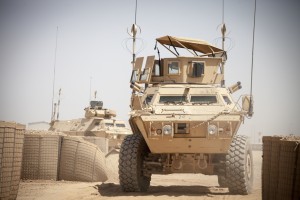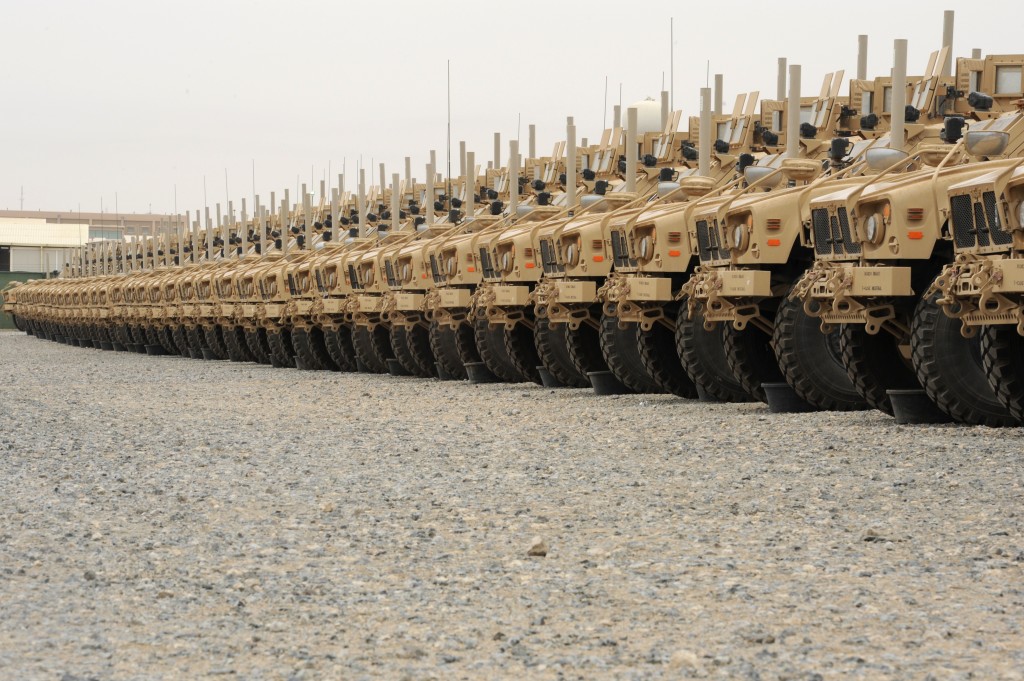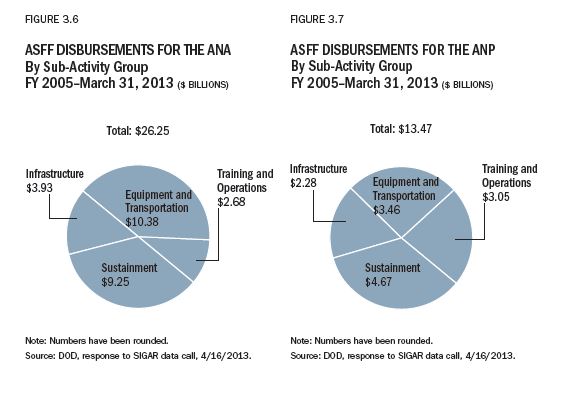Breaking: Green on Blue Attack at Afghan Officer Training School, High Ranking Casualties

The Khaama Press account of the shooting cites a terrorist as responsible in the headline, but then says it was an ANA soldier in the opening paragraph.
After there had been a lull in Green on Blue attacks in Afghanistan, I noted in describing an attack late last month that an extra layer of security has been added at training facilities for Afghan National Security Forces, so that foreign security personnel act as a buffer between Western and Afghan forces. Reports are just now beginning to filter in on a new Green on Blue attack today at a facility near Kabul. The facility, Camp Qargha, is a training facility for officers in the ANSF and is run by the British. It is often referred to as “Sandhurst in the Sand”: a training facility for Afghan officers modeled after the British officer training school.
Although it is very early in the reporting on this incident (so all of this is subject to change as more is learned) there are at least two reports that suggest a US two-star general has been killed. This German article, using Google translate, tells us:
After the death of the two-star general of the U.S. Army was in NATO of a “black day” the speech Headquarters in Brussels. The ISAF announced that the incident was being investigated.
Further, Michael Yon has tweeted:
American 2 star general reported killed in Afghanistan. German general in bad condition. I asked HQ for more. Nothing yet.
— Michael Yon (@Michael_Yon) August 5, 2014
From the New York Times, we learn that those dead (reports vary from one to four, depending on the source) and wounded all appear to be high ranking officers:
An attacker in an Afghan army uniform killed at least three service members from the NATO-led coalition and wounded a senior Afghan commander on Tuesday in a shooting at a military training academy on the outskirts of Kabul, an Afghan official said.
Details of the shooting, which took place on Tuesday afternoon, were sketchy, and the coalition would only confirm that “an incident” had taken place at the Afghan National Army Officer Academy. An Afghan defense official said that at least three coalition officers had been killed, and that a number of other foreign and Afghan officers had been wounded. The dead coalition service members were believed to be senior officers, the Afghan official said.
The Der Spiegel article linked above confirms Yon’s report that a German general was shot, describing his injuries as serious but also stating that he was out of danger and is receiving medical treatment.
The Times article goes on:
The Afghan official and a coalition official said that it appeared that the foreign casualties were high-ranking officers who were taking part in a meeting at the academy.
Lt. Gen. Afzal Aman, the director of operations at Afghanistan’s Defense Ministry, said that the academy’s commander, Brig. Gen. Ghulam Saki, was wounded in the shooting along with two other senior Afghan officers.
The most confusing issue for me at this point is that most accounts of the incident mention an argument between the shooter and other Afghan troops just prior to shots being fired. It seems very strange that both the shooter and the Afghan troops who eventually killed him in response would be armed in a spot so close to so many high ranking officers, which at this point would seem to be at least one general from Germany, the US and Afghanistan, all of whom appeared to have been shot in the disturbance. If shooting happened during a meeting, that seems like a lot of weapons to be present. Since reports are that the incident took place around noon, I am left to wonder if the shooting took place during lunch.
Since Qargha is a facility for training Afghan officers, I wonder if there is less emphasis on the buffer layer of security that we saw in the July Green on Blue event. The underlying assumption is that once an Afghan soldier is approved for training at Qargha, they would have been through more background checking than standard enlisted trainees. That then prompts the question posed by the strange juxtaposition of the headline and opening paragraph in the Khaama Press account of the shooting, as pictured above. Was the shooter an outside terrorist who gained access to the uniform (and presumably, some identification to go along with it) of an officer trainee, or was the shooter an actual ANA officer trainee who took advantage of an opportunity to inflict very high level damage?
I will track the story through the day and add updates as appropriate.
Update: The New York Times article has now been updated to confirm the death of an unnamed US general.
Update 2: The Washington Post has identified the victim as Harold Greene, who was Deputy Commander of CSTC-A. He was deeply involved in the training effort.





